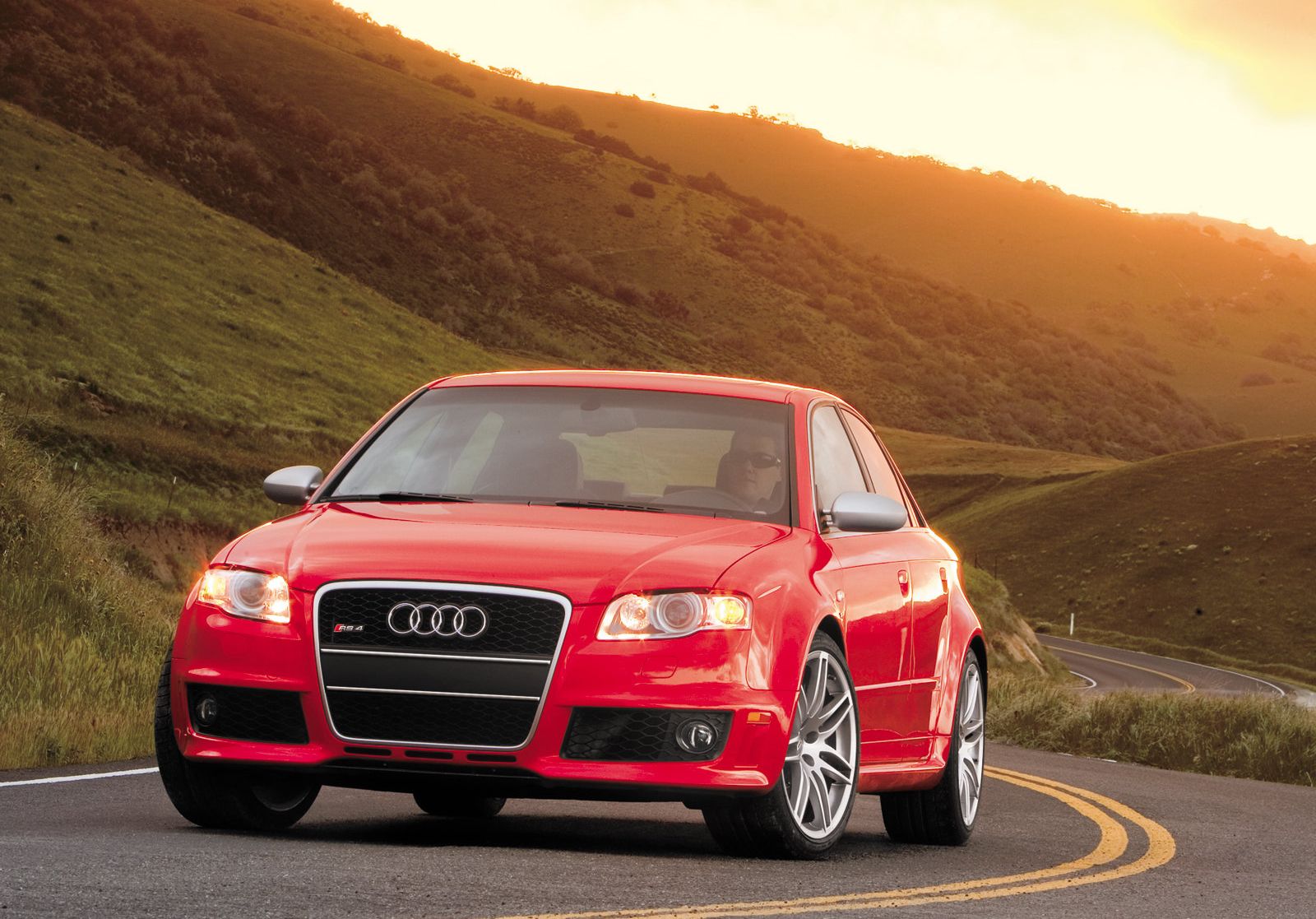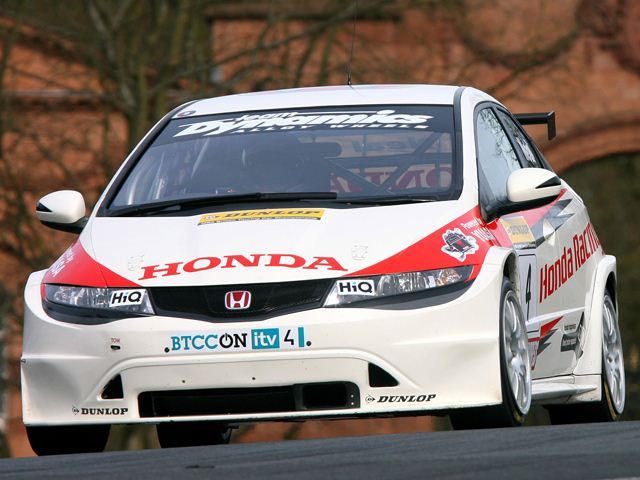
Competition in international motorsport hasn't historically been quite as high a priority for Japanese brands as it is for those from other countries. It's certainly not difficult to name examples to the contrary - Subaru and Mitsubishi in WRC or Mazda winning Le Mans in 1991 - but there is no Japanese equivalent to, say, Ferrari. Just the same, Honda's level of involvement in motorsports has been much greater than other Japanese companies, and deserves more than just an honorable mention.
Honda's automotive racing efforts began in earnest in 1964, when it entered Formula 1 as a constructor. At this point, Honda had only been building road cars for a few years, but already being the world's largest motorcycle manufacturer, it wasn't totally new to the world of building vehicles. But Honda was one of the only constructors to build both its own engine and chassis, something only Ferrari and BRM had done before, and the practice continues to be quite rare. But despite this commitment, Honda wasn't especially successful in F1 during the Sixties, and would leave in 1968.
Honda would stay active in Formula 2 for some time, and would eventually return to F1 in 1983 as an engine supplier. This would finally pay off in 1987, when Nelson Piquet would pilot a Honda-powered Williams car to the world championship. Honda switched teams after this, and with McLaren, powered five more championship cars. These included all three of the cars used by Ayrton Senna to win the championship. Honda stayed on as an engine supplier for some time, and although Honda-powered cars won races, there wasn't another championship to be had after the '87-'91 streak.
But Honda did come very close recently. Honda returned to F1 as a constructor in 2006, racing only a few years before deciding to withdraw as a result of the global financial crisis. The team was sold to Ross Brawn and became Brawn GP for the 2009 season. Brawn used the Honda-designed chassis, but a Mercedes engine was substituted for the original. It could be speculated upon endlessly whether a Honda engine would have produced the same result, but it was in the Brawn car that Jensen Button won the 2009 World Championship.
Honda isn't the only Japanese company to enjoy success in F1. Infiniti's partnership with Red Bull uses engines from its sister-company Renault, while Toyota's foray into grand prix racing failed to materialize into success. Just the same, it is really with the smaller cars where Honda has the greater success in racing. This first took the form of CART engines, starting in 1994, with Honda-powered cars enjoying a championship-winning streak that lasted from 1996 to 2001. Honda would switch to IndyCar in 2004, and after Honda cars won two championships in a row, Honda became the sole engine supplier to IndyCar in 2006.
For the running of the 2006 Indianapolis 500, every car was run with a Honda engine, and it became the first running of the race in history to not have a single engine problem. Honda is no longer the only engine supplier, but its small engines are still absolutely world-class. Honda's motorcycles have been at the forefront of two-wheeled racing much longer than its cars on four, both on the road and on the track. Its first foray into motorcycle racing was the 1959 Isle of Man TT, and from there it has evolved into one of the most successful brands in GP racing.
Of course, this follows the theme that Honda really does best in racing that involves smaller engines. But just because it isn't always as high-profile, that doesn't mean that Honda isn't winning races. It is a hugely important manufacturer in its given areas of competition, and that is no easy feat.

